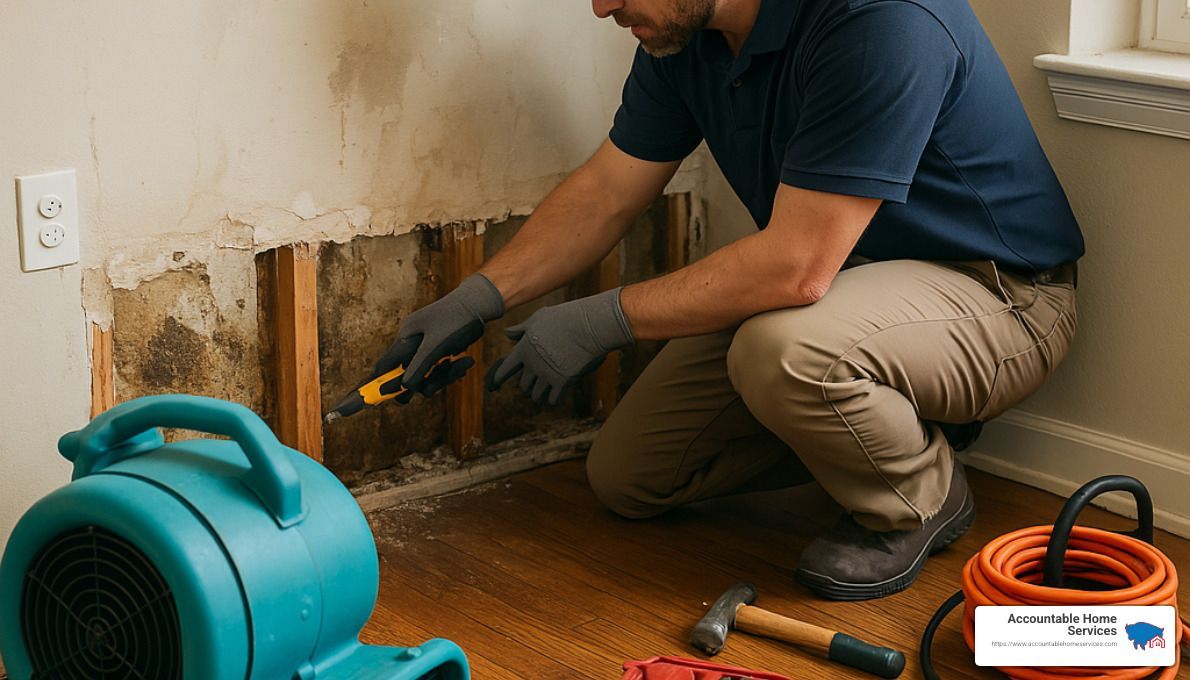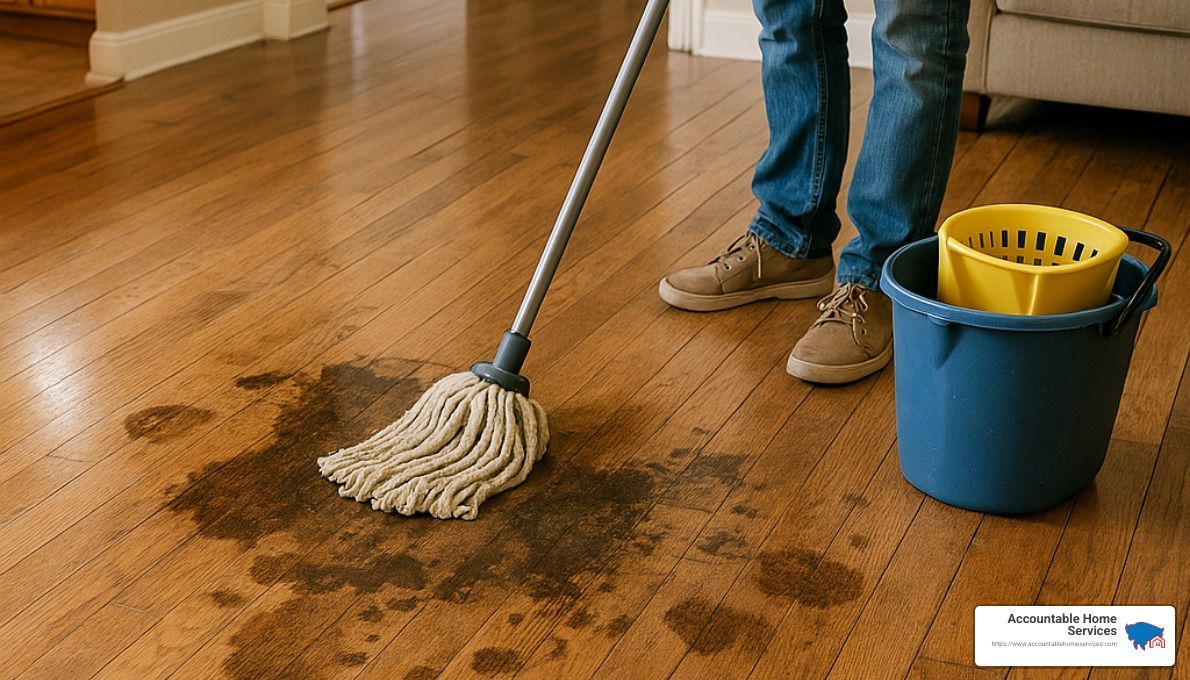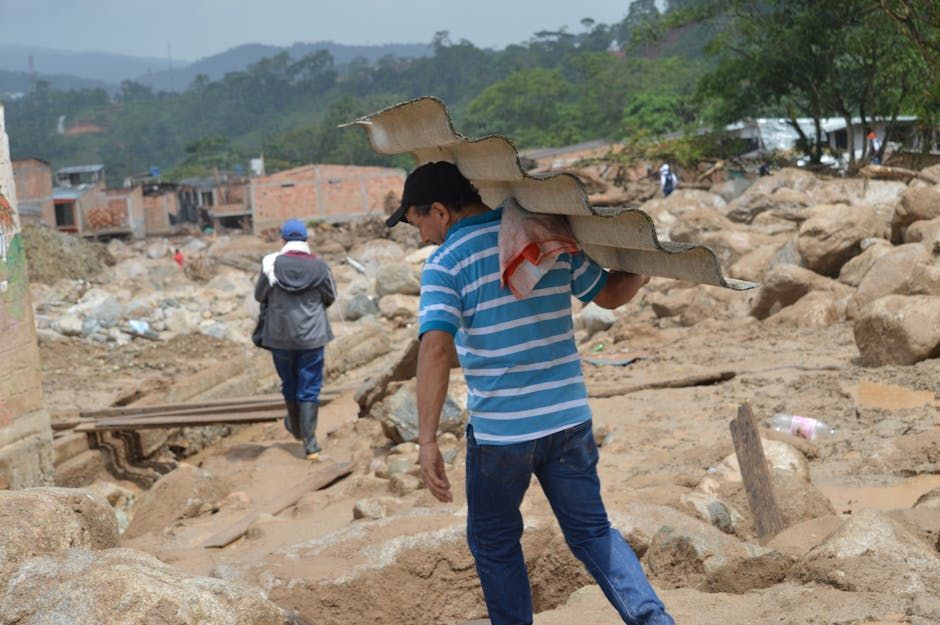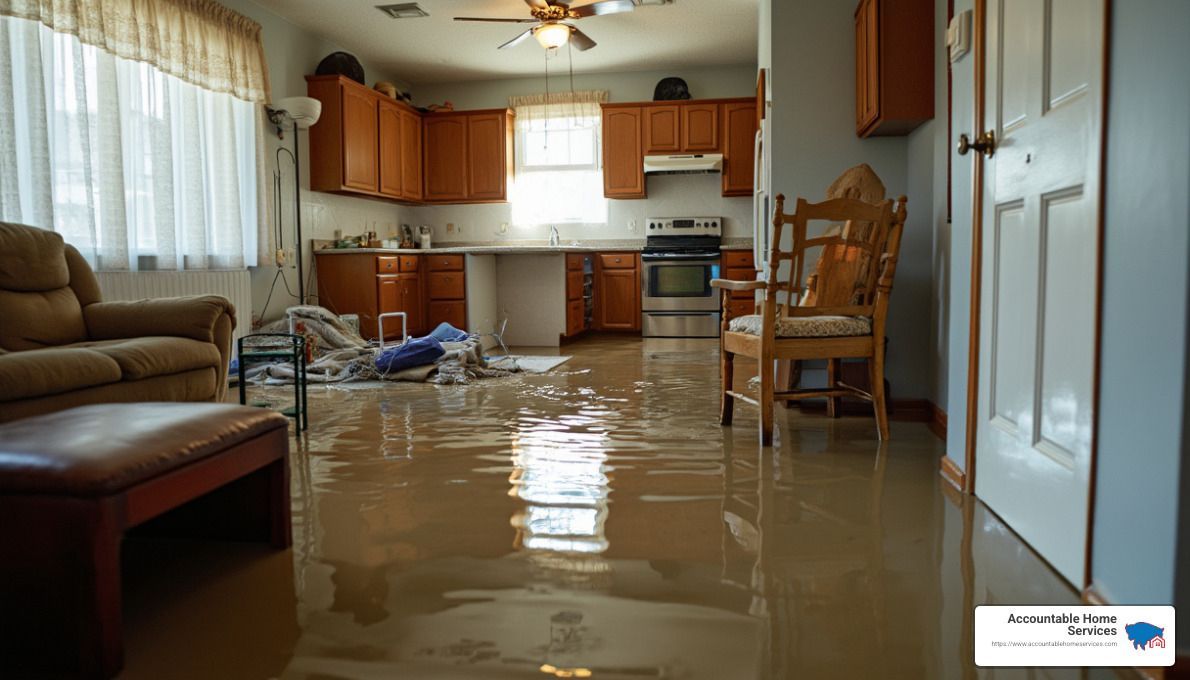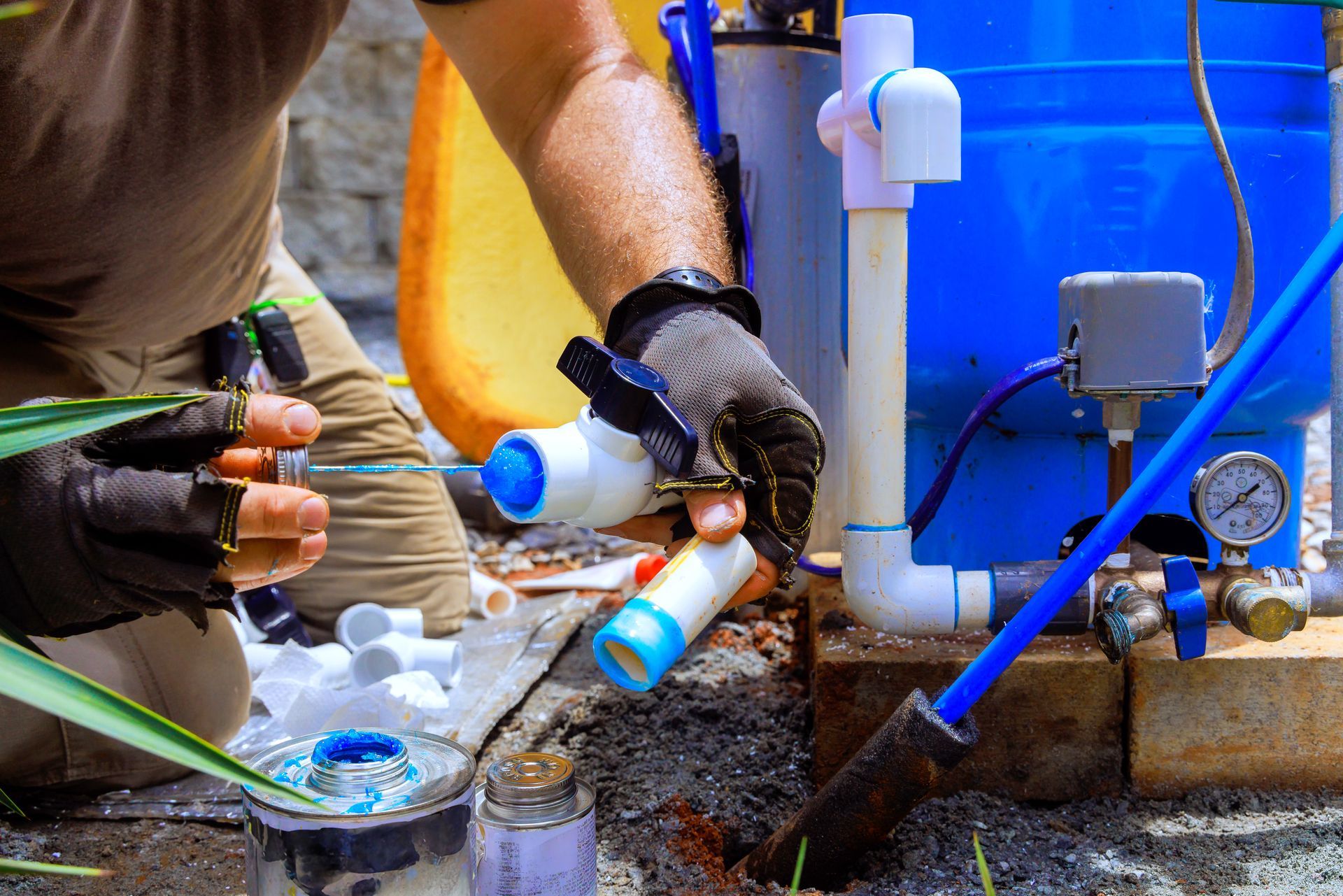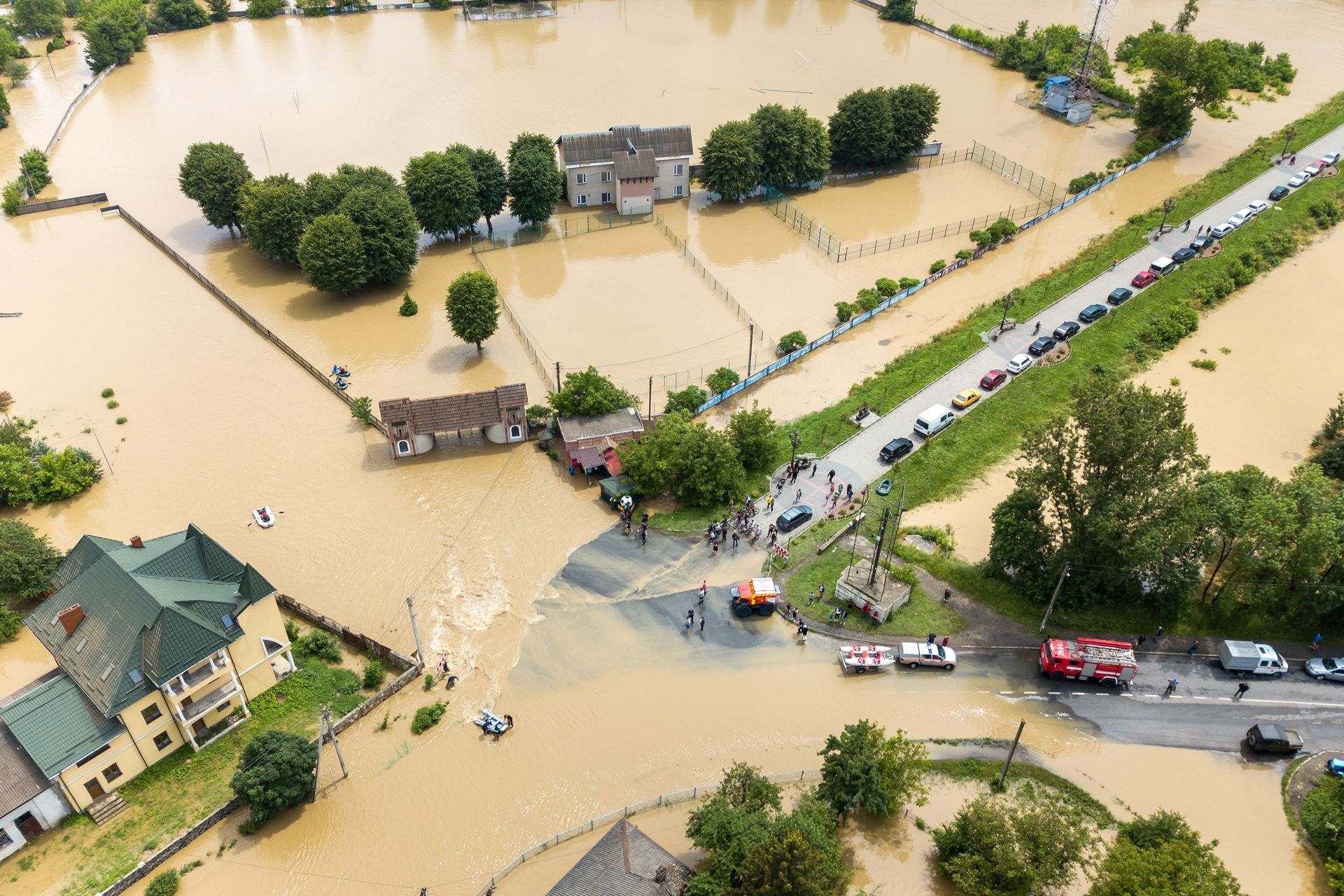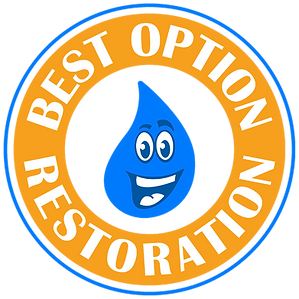Blog
Roof leak water damage repair is a critical concern for homeowners, often arising when least expected and causing significant headaches. When water infiltrates your home, it not only affects the structure but can also lead to costly repairs and potential health hazards like mold growth. Act quickly if you notice signs like water stains, peeling paint, or damp patches. Regular maintenance and immediate response to leaks can prevent serious damage. In the next sections, we'll explore practical strategies to identify, address, and prevent roof leaks and their damaging effects.
I'm Mike Martinez, owner of Accountable Home Services. With years of experience in roof leak water damage repair, I've learned the value of quick action and thorough restoration. Our team is dedicated to returning your home to its best condition, ensuring your peace of mind throughout the process.

Identifying Roof Leak Water Damage
Spotting roof leak water damage early can save you from expensive repairs and health issues later on. Here are some key signs and steps to identify such damage:
Signs of Damage
1. Water Stains and DiscolorationLook for brown or yellow stains on your ceiling or walls. These marks often indicate that water is seeping through your roof.
2. Sagging CeilingsA ceiling that appears to droop or sag is a red flag. It suggests that water has accumulated above, weakening the structure.
3. Peeling Paint or WallpaperExcess moisture can cause paint or wallpaper to bubble or peel. If you notice this, investigate further for possible leaks.

Attic Inspection
Your attic is a crucial area to check for signs of roof leaks. Here's how to conduct a thorough inspection:
1. Use a Flashlight: Shine a flashlight on the underside of the roof. Look for dark spots or streaks, which indicate moisture.
2. Check for Mold: Mold thrives in damp environments. A musty smell or visible mold growth in the attic is a strong indicator of a leak.
3. Inspect Insulation: Wet or damaged insulation is a sign that water has penetrated your roof. This not only reduces insulation effectiveness but also promotes mold growth.
Mold Detection
Mold is a common consequence of roof leaks and poses health risks. Here's how to detect it:
1. Musty Odors: A persistent musty smell in your home can signal mold, even if it's not visible.
2. Visible Mold Growth: Check corners and dark areas for mold patches. Mold can appear as black, green, or white spots.
3. Health Symptoms: If you or your family experience unexplained allergic reactions, respiratory issues, or skin irritation, mold might be present.
If you suspect mold, address the roof leak immediately and consider professional mold remediation services to ensure a safe living environment.

Identifying roof leak water damage early allows for timely repairs, reducing the risk of extensive damage and health hazards. In the next section, we'll dig into the causes of roof leaks, helping you understand how to prevent them effectively.
Causes of Roof Leak Water Damage
Understanding the causes of roof leak water damage is key to preventing it. Let's break down the common culprits into three categories: exterior causes, interior causes, and weather impact.
Exterior Causes
Cracked Flashing
Flashing is the metal or rubber sealing that prevents water from seeping into your home. Over time, exposure to the elements can cause it to crack or warp, leading to leaks.
Broken Shingles
Shingles act as the first line of defense against rain and snow. If they're cracked, missing, or damaged, water can easily find its way into your home.
Clogged Gutters
When gutters are blocked with leaves and debris, water overflows and can seep into the roof structure, causing damage.
Ice Dam Buildup
In colder climates, ice dams can form along the roof's edge. These barriers trap melting snow, forcing water under the shingles and into the home.
Improperly Sealed Valleys
Valleys are where two roof planes meet. If not sealed correctly, rainwater can funnel into these areas, leading to leaks.
Interior Causes
Condensation in the Attic
Poor ventilation can cause moisture to build up in the attic. This condensation can drip onto the insulation and ceiling, mimicking a roof leak.
Improper Skylight Installation
Skylights can be a beautiful addition to a home, but if they're not installed correctly, they can become a major source of leaks.
Mold and Mildew
If your roof has been leaking for a while, mold and mildew can develop, weakening the roof structure and further exacerbating water damage.
Weather Impact
Heavy Rainfall
Prolonged or intense rain can overwhelm your roof's drainage capacity, leading to leaks.
High Winds
Strong winds can lift and damage shingles, flashing, and other roof components, making it easier for water to penetrate.
Hailstorms
Hail can cause immediate damage to shingles and flashing, creating openings for water to enter.
Temperature Fluctuations
Rapid changes in temperature can cause roofing materials to expand and contract, leading to cracks and gaps.
By understanding these causes, you can take proactive steps to protect your home from roof leak water damage. Regular inspections and maintenance can help catch potential issues before they become costly problems.
In the next section, we'll explore how to repair roof leak water damage, whether you're tackling it yourself or calling in the professionals.
Roof Leak Water Damage Repair
Dealing with roof leak water damage repair can be daunting, but knowing your options makes it manageable. Whether you're considering professional help or tackling the issue yourself, here's what you need to know.
Professional Inspection
A professional inspection is often the best first step. Experts can identify the source of leaks and assess the extent of the damage. They use specialized equipment to detect issues that might not be visible to the untrained eye, such as hidden mold or structural weaknesses. In Denver and surrounding areas, Accountable Home Services offers comprehensive inspections that ensure nothing is missed.
Why Choose a Professional?
- Expertise: Professionals have the experience to spot problems quickly and accurately.
- Safety: They are trained to work safely at heights and handle hazardous materials like mold.
- Efficiency: With the right tools, they can complete repairs faster and more effectively.
DIY Methods
For those who prefer a hands-on approach, some roof repairs can be tackled as DIY projects. However, it's crucial to understand the risks and complexities involved.
Common DIY Repairs:
- Caulking: Seal small cracks or gaps with roofing caulk to prevent water entry.
- Shingle Replacement: If a few shingles are missing or damaged, you can replace them using a hammer and roofing nails.
- Gutter Cleaning: Regularly clean gutters to prevent blockages that can cause leaks.
DIY Tips:
- Always use a sturdy ladder and have someone hold it for stability.
- Wear non-slip shoes and a safety harness if working on a steep roof.
- Avoid working on the roof during wet or windy conditions to reduce the risk of accidents.
Safety Precautions
Safety should always be a priority when dealing with roof repairs. Whether you're doing it yourself or hiring professionals, consider these precautions:
- Evaluate the Area: Before starting, check for hazards like downed power lines or sharp debris.
- Use Proper Gear: Hard hats, safety glasses, and gloves can protect you from potential injuries.
- Weather Awareness: Only work under safe weather conditions. Wet or icy roofs can be extremely slippery.
By understanding both professional and DIY options, you can make informed decisions about your roof leak water damage repair. While DIY methods can be cost-effective, complex issues often require professional intervention to ensure your roof is restored safely and effectively.
Next, we'll discuss how to prevent future roof leaks through regular maintenance and inspections.
Preventing Future Roof Leaks
Preventing roof leaks before they start is key to avoiding the stress and cost of repairs. Regular maintenance, gutter cleaning, and professional inspections are essential steps in safeguarding your home.
Regular Maintenance
Regular maintenance is your first line of defense against roof leaks. It involves routine checks and minor repairs to keep your roof in top condition. Here's how you can maintain your roof effectively:
- Inspect for Damage: Look for missing or damaged shingles, cracked flashing, and other signs of wear and tear. Catching these early can prevent bigger issues later.
- Trim Nearby Trees: Overhanging branches can damage your roof during storms. Trim them back to prevent limbs from falling onto your roof.
- Remove Debris: Keep your roof clear of leaves, twigs, and other debris that can trap moisture and lead to rot.
Gutter Cleaning
Clogged gutters are a common cause of roof leaks. They prevent proper drainage, causing water to back up and seep into your roof. Regular gutter cleaning can prevent this:
- Check Monthly: Especially during fall and after storms, ensure your gutters are free of leaves and debris.
- Ensure Proper Drainage: Make sure downspouts direct water away from your home's foundation.
- Install Gutter Guards: These can reduce the frequency of cleaning by preventing debris buildup.
Professional Inspection
While DIY maintenance is crucial, professional inspections are invaluable. Experts have the tools and knowledge to spot potential problems that might not be obvious to you.
- Schedule Bi-Annual Inspections: Having a professional inspect your roof twice a year can catch issues early.
- Benefit from Expertise: Professionals can identify hidden problems like moisture buildup or structural weaknesses.
- Peace of Mind: Knowing your roof is in good condition can save you from unexpected repairs.
By incorporating these preventive measures, you can significantly reduce the risk of roof leaks. Regular maintenance, diligent gutter cleaning, and professional inspections are investments that protect your home and provide peace of mind.
Next, we'll address frequently asked questions about roof leak water damage repair, including insurance coverage and mold risks.
Frequently Asked Questions about Roof Leak Water Damage Repair
How to Fix a Roof Leak?
Fixing a roof leak can be straightforward if you know what to look for and have the right tools. Here are some common methods:
- Caulking: This is a simple way to seal small cracks or gaps around flashing, vents, or chimneys. Make sure you use a high-quality, waterproof caulk to ensure a lasting repair.
- Shingle Replacement: If you have missing or damaged shingles, replacing them is crucial. Carefully lift the surrounding shingles, remove nails, and slide in a new shingle. Secure it with roofing nails and seal the edges with roofing cement.
Both methods require safety precautions. Always use a sturdy ladder, wear non-slip shoes, and consider professional help if you're uncomfortable with heights.
Will Insurance Cover Roof Leak Repairs?
Whether your insurance will cover roof leak repairs depends on several factors:
- Covered Perils: Most homeowner's insurance policies cover damage from sudden events like storms or hail. However, they often exclude damage due to wear and tear or neglect.
- Policy Guidelines: Review your policy to understand what is covered. Some policies may require you to pay a deductible before coverage kicks in. It's wise to document all damage with photos and keep records of repairs to support your claim.
If you're unsure about your coverage, consult your insurance agent for clarity.
Can a Leaking Roof Cause Mold?
Yes, a leaking roof can lead to mold growth, which poses significant health risks. Here's how it happens:
- Mold Growth: When water seeps into your home, it creates a damp environment perfect for mold spores to thrive. Mold can start growing within 24 to 48 hours of water exposure.
- Health Risks: Mold can cause respiratory issues, allergies, and other health problems, especially in individuals with asthma or weakened immune systems.
To prevent mold, it's crucial to address leaks promptly and ensure affected areas are thoroughly dried. In cases of extensive mold growth, professional remediation is recommended to ensure safety and effectiveness.
Understanding these aspects of roof leak water damage repair can help you make informed decisions and protect your home. Whether it's fixing a leak, navigating insurance claims, or preventing mold, being proactive is key.
Conclusion
At Accountable Home Services, we understand that dealing with roof leak water damage can be stressful and overwhelming. That's why we're here to help with our comprehensive restoration solutions. As a family-owned company serving the Denver Metro Area, we specialize in water, fire, mold, and asbestos remediation, offering services custom to Colorado’s unique climate and homeowners’ needs.
When it comes to roof leak water damage repair, our certified technicians use cutting-edge equipment and adhere to strict safety standards. We provide 24/7 emergency response, ensuring that we are there when you need us most. Our goal is to restore your home to its pre-damage condition quickly and efficiently, minimizing any disruption to your life.
We also offer direct insurance billing, which can help reduce the stress of dealing with insurance claims. Our team is dedicated to transparent communication, keeping you informed every step of the way.
By choosing Accountable Home Services, you’re opting for reliable, long-lasting solutions that protect and improve your home. Whether you're facing a sudden leak or looking to prevent future issues, we're your trusted partner in maintaining a safe and comfortable living environment.
For more information on our services, visit our Water Damage Restoration page to see how we can assist you with your restoration needs. Being proactive about roof maintenance can save you from costly repairs and ensure the safety of your home.

